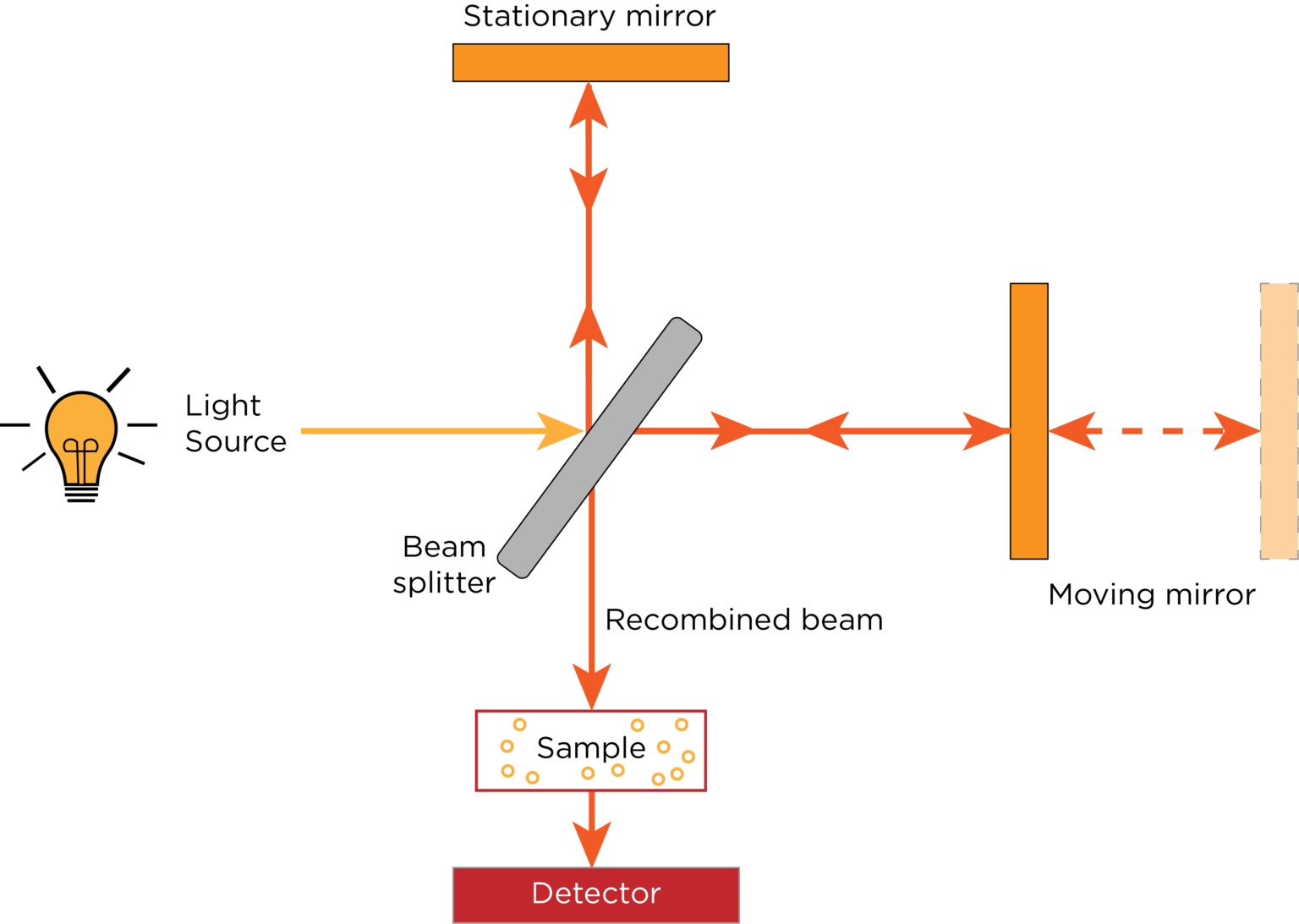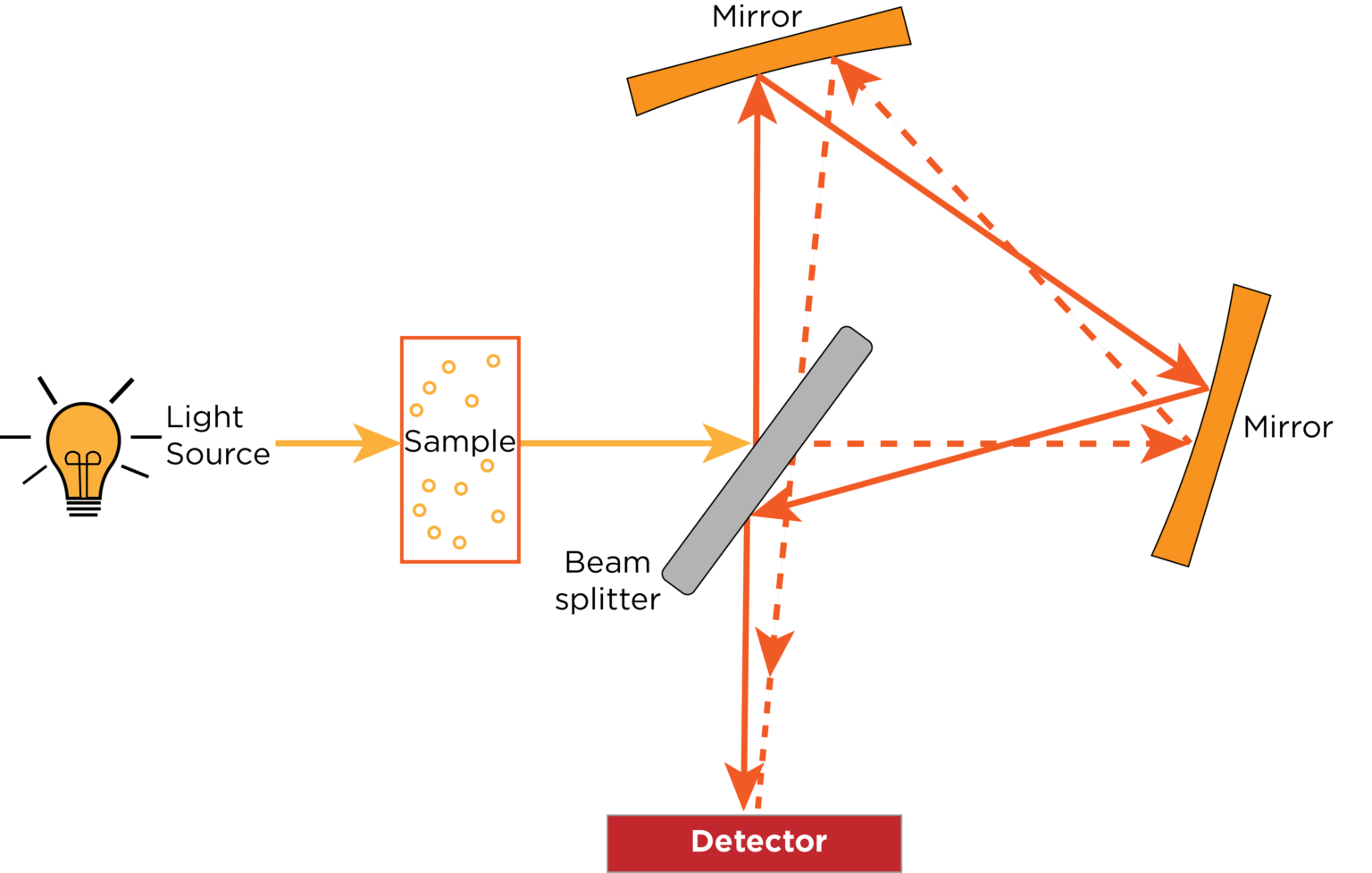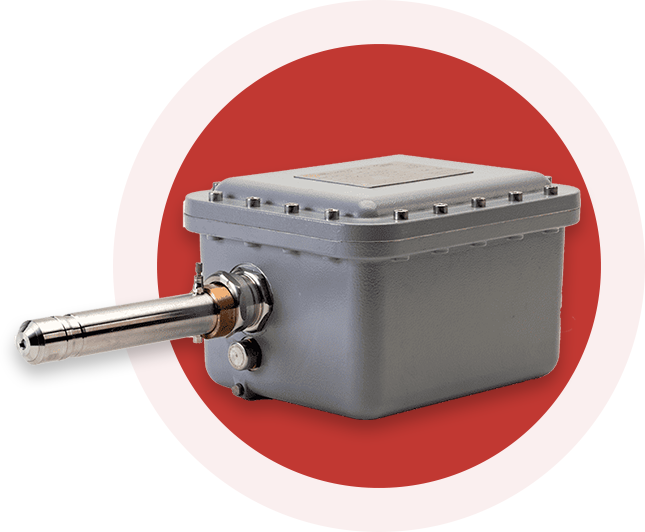Unlocking The Power Of Technology: The IRmadillo Process FTIR Spectrometer
The IRmadillo is an FTIR spectrometer that can be calibrated as a process analyzer, concentration meter or both. FTIR stands for ‘Fourier transform infrared’ and is a very powerful analytical technique using the mid-infrared region of light; and spectroscopy is the study of how light and chemicals interact together. The technology behind the IRmadillo is based on a novel and advanced optical design. The IRmadillo is a fundamentally different design to every other FTIR spectrometer available right now.
How Has FTIR Been Done so Far?
The classical design for an FTIR spectrometer is based on what’s called a Michelson interferometer design. This uses a pair of moving mirrors to create an “interferogram” on a detector, which can then be turned into a spectrum using a Fourier transform (the “FT” part of “FTIR”).
This design has been around for over 100 years, and has evolved during that time with better electronics, the addition of lasers for accuracy, and even liquid nitrogen based cooling of the detectors for the highest signal possible. But it is always based on a pair of mirrors, with at least one of them moving, which means it is inherently weak to vibration and other movements in an industrial environment.

How is the IRmadillo FTIR Design Different?
The IRmadillo is based on a Sagnac interferometer design. This uses a pair of static mirrors to create the interferogram by sending light both clockwise and anticlockwise around a loop. The light is focused onto the detector to create an interferogram with respect to space (while the Michelson creates an interferogram with respect to time as the mirrors move).
The fundamental Sagnac loop has existed for almost as long as the Michelson interferometer, but it wasn’t practical for instruments until Keit’s novel mirror design was developed, as well as the development of infrared detectors with high enough resolution and throughput for spectroscopy. The static nature of the optics makes the design extremely robust to vibration and other movements, as well as being extremely stable over time. There is no need for lasers or liquid nitrogen cooling with this design. Because the IRmadillo’s ability to analyze is not affected by vibration, this enables it to be integrated directly into a process line or vessel and operate continuously within the natural working environment unlike any other FTIR.


Frequently asked questions about the IRmadillo
There are lots of different types of spectroscopy, ranging from high energy x-rays right through to low energy radio waves. Each one has its advantages and disadvantages depending on what it is you are trying to analyze. FTIR (mid-infrared) is very good at measuring polar molecules (such as water, alcohols and sugars), as well as changes to alkanes and alkenes (such as oils – both edible and petrochemical). FTIR is also powerful at discriminating similar compounds at low concentrations which other techniques can struggle or fail altogether to analyze. Other techniques such as UV-vis (ultraviolet) may be very good at measuring metals such as paints and precious-metal catalysts; near-infrared (NIR) can be used effectively for analyzing solids and Raman is good for analyzing unsaturated molecules (i.e. carbon fiber) but cannot measure strongly polar molecules such as water. The important thing is to pick the right tool for your job.
The IRmadillo has been designed for reliability and robustness overall – which means no fiber probe. Fibers are great for creating fairly long and narrow probes, but they are inherently fragile, and in industrial applications often cause more problems than they fix. So the IRmadillo does not have one – instead it has a solid probe, tipped with an ATR element for sensing the chemistry it’s immersed in. This means that the performance is not affected by vibration, movements in the probe, or general plant operations.
The biggest benefit that static optics offers is vibration tolerance and resistance. Moving mirrors need a very precise alignment on a track, and any vibration of the their enclosure can cause noise in a spectrum or even no spectrum at all. The static optics inside the IRmadillo are free to vibrate because they all move together – meaning no loss in spectrum. It also offers a lot more stability over time, which makes measuring and monitoring continuous processes a lot easier than conventional instruments which may need a new background reference scan every few hours.
